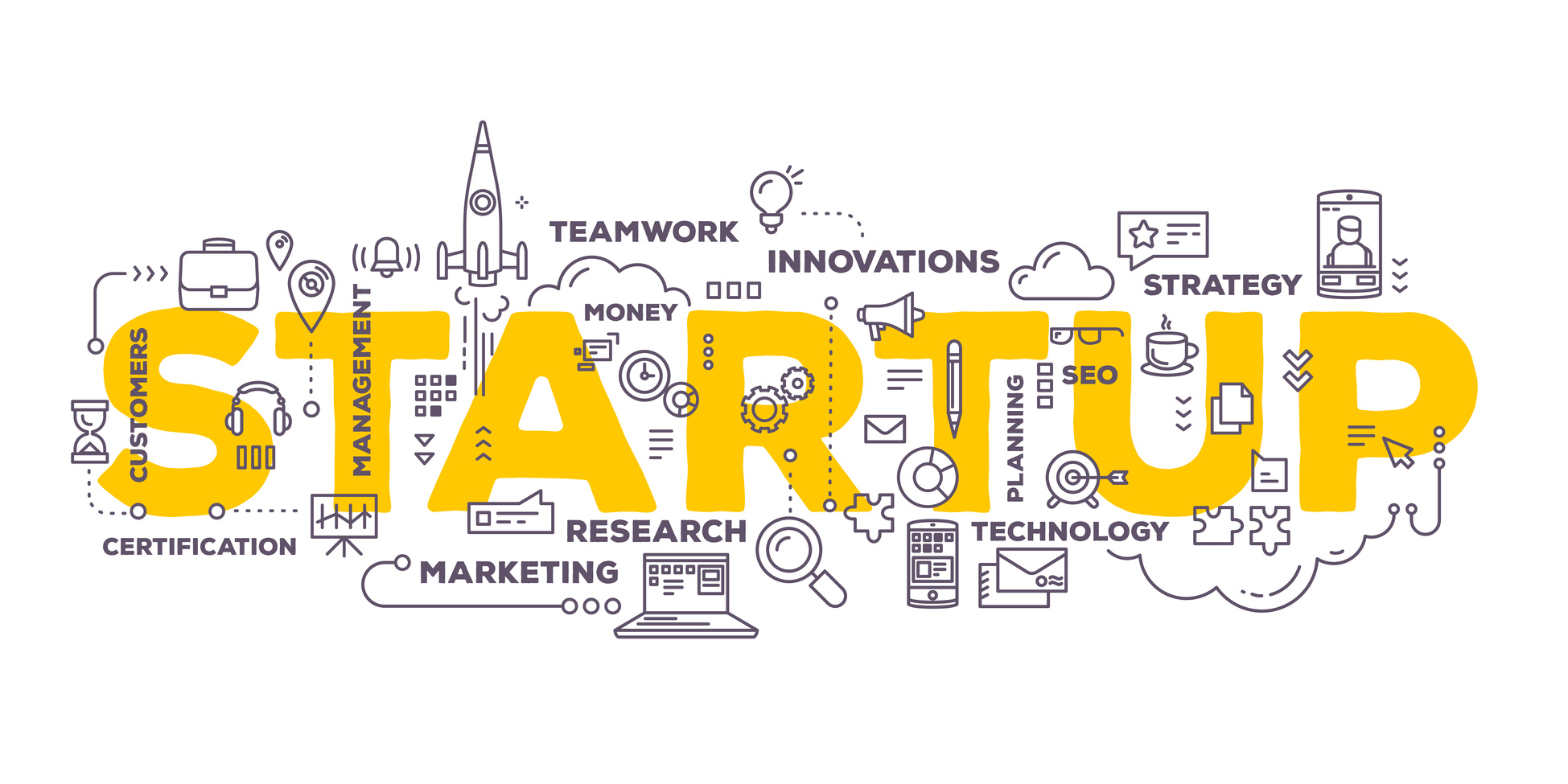Investing in solar energy is a big step toward sustainability. It also cuts your electricity bills. However, once you decide to go solar, you’ll face the crucial decision of choosing the right type of inverter for your system.
The two primary types of inverters are microinverters and string inverters.
Read on to learn the difference between microinverters vs string inverters.
What Are Microinverters?
Microinverters are small devices installed on each solar panel. They convert DC to AC at the panel level, making them an ideal choice for small rooftop solar systems.
Each microinverter is connected to a single solar panel, and they work independently of each other. This means that if one panel is shaded or not functioning correctly, it won’t affect the performance of the rest of the panels in your system.
Pros of Microinverters
Microinverters vs string inverters have different pros. Some of the advantages of microinverters include:
Better Performance
Microinverters allow each panel to work at its maximum potential, even if other panels in the system are underperforming. This means that you can get better overall performance from your solar system.
Microinverters increase energy efficiency. This leads to higher savings and a faster return on investment.
The performance between microinverters vs string inverters is especially apparent in systems where panels may be partially shaded throughout the day. With string inverters, if one panel is shaded, it can bring down the performance of the entire string.
Increased Flexibility
With microinverters, you have more flexibility when it comes to panel placement and system design. Each panel operates alone.
You can install it facing any direction or angle on your roof. This allows for more efficient use of available space and can result in a higher overall system capacity.
The renewable energy market is always changing. New panel technologies are often introduced.
Microinverters make it easier to add or upgrade panels. You can use different types without worrying about compatibility.
Improved Monitoring
Microinverters have monitoring systems. They let you track each panel’s performance. This gives you more insight into how your system is functioning and can help identify any potential issues that may arise.
You can access the solar power monitoring systems remotely. They let you keep an eye on your energy production when you’re away from home. This feature can also come in handy when it comes to maintenance and troubleshooting.
Cons of Microinverters
Before choosing microinverters or string inverters, you must consider some drawbacks of microinverters. This includes:
Higher Cost
Microinverters are typically more expensive than string inverters. Since each panel requires its inverter, the overall system cost can be higher.
But, as mentioned earlier, microinverters are faster and more flexible. This can lead to higher energy savings, which make up for the initial cost over time.
Maintenance and Reliability
Microinverters are installed on each panel. They may need more maintenance than a single-string inverter. This could include replacing or repairing individual inverters as they age or malfunction.
Also, microinverters are on your roof and may not last as long as string inverters. The latter are usually installed in a protected area.
What Are String Inverters?
String inverters, also known as central inverters, are a more traditional type of inverter used in solar systems. They are typically larger and installed on a wall or other designated area near your electrical panel.
String inverters convert the DC energy from multiple panels connected in a series, known as a string, into AC energy that can power your home.
Pros of String Inverters
Microinverters vs string inverters have different pros. Some of the advantages of string inverters include:
Lower Cost
String inverters are usually cheaper than microinverters. You only need one for your whole solar system. This can make them a more appealing option for larger systems with many panels.
Solar inverters also have a longer lifespan than microinverters, which can offset the higher initial cost.
Simple Maintenance
String inverters require less maintenance compared to microinverters. This can reduce the long-term costs of owning a solar system and make it more manageable for those who are not as technologically savvy.
Be sure to dive into the world of solar modules, so you can be better informed about how to keep your solar system running reliably. This can help you avoid any potential issues and ensure the longevity of your investment.
Higher Efficiency with Larger Systems
String inverters are known for their high efficiency, particularly in larger solar installations. When multiple panels are connected in a series, the inverter can efficiently manage the conversion of DC to AC electricity.
For larger systems, string inverters are often cheaper and more efficient than microinverters. This can help reduce carbon emissions and save you money in the long run.
Cons of String Inverters
Before deciding on microinverters vs string inverters, it’s essential to consider some potential drawbacks of string inverters. This includes:
Affected by Shading and Inefficiencies
With string inverters, the performance of your entire system is dependent on the output of one panel. If a single panel is shaded or not functioning correctly, it can bring down the performance of the entire string.
Additionally, as solar panels age, they can become less efficient over time. With string inverters, this decrease in efficiency will impact the overall performance of your system.
Limited Flexibility
Unlike microinverters, with string inverters, all panels must be facing the same direction and installed at the same angle. This can limit your options when it comes to panel placement and system design.
Additionally, if you want to add or upgrade panels in the future, you may run into compatibility issues with your existing string inverter.
Lower Monitoring Capabilities
String inverters typically offer fewer monitoring capabilities compared to microinverters. Some string inverters come with monitoring systems. They can provide data on the whole system.
But, they generally lack the same detailed, panel-by-panel monitoring. This means you may not see the performance of individual panels as well. So, it’s harder to find specific issues or underperforming panels.
Differentiating Microinverters vs String Inverters
Deciding between microinverters vs string inverters ultimately depends on your specific needs and preferences. It’s essential to carefully consider all factors and consult with a professional installer before making a decision. Whichever type of inverter you choose, investing in solar energy is an important step towards a more sustainable future.
If you enjoyed this article and would like to read more like it, please check out the rest of our blog today.https://pixabay.com/photos/man-sitting-folded-arms-grumpy-1209137/


